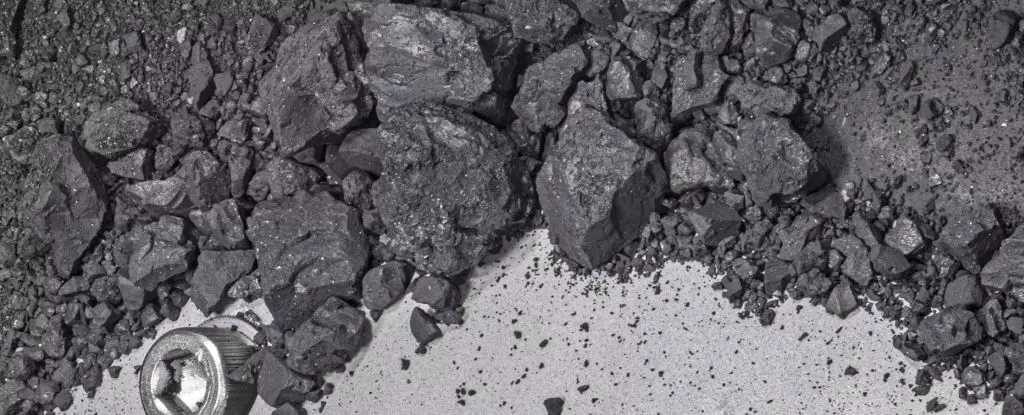NASA finds itself in a difficult situation with its container of precious asteroid dirt from Bennu. After a monumental seven-year mission, the container arrived on Earth in September, only to present an unforeseen challenge – it cannot be opened. Despite knowing that a bountiful supply of asteroid material lies within, NASA’s Touch-and-Go Sample Acquisition Mechanism (TAGSAM) container remains frustratingly sealed shut. The predicament arises from the requirement to open the container in a glovebox specifically designed to prevent contamination. Scientists are eager to conduct pristine studies of the sample, necessitating extraction procedures to occur within a hermetically sealed clean environment with controlled nitrogen flow and glove-mounted access. However, the complication arises from two stubborn TAGSAM fasteners that current approved tools are unable to remove within the confinements of the glovebox.
Unlocking the secrets hidden within the TAGSAM head is no easy feat. While removing the head from the glovebox could potentially solve the fastener dilemma, it would also expose the sample to high levels of contamination, rendering years of careful collection efforts null and void. As a result, NASA’s team faces the arduous task of devising alternative strategies to extract the valuable contents while preserving the sample’s integrity. The objective is to maintain sterile conditions and comply with cleanroom standards throughout the maneuvering process. Constantly striving for success, NASA’s scientists have been diligently exploring innovative approaches to overcome this intricate challenge without jeopardizing the pristine nature of the asteroid dirt.
Amidst the adversities encountered, there is a glimmer of good news. The NASA team originally aimed to secure a minimum of 60 grams (2.1 ounces) of Bennu dust from TAGSAM. However, through careful examination of residual material found in the travel canister and surrounding the TAGSAM, the OSIRIS-REx mission has triumphantly collected a remarkable 70.3 grams (2.48 ounces) of asteroid Bennu material. But the container holds even more potential treasures, estimated to contain up to 250 grams (8.8 ounces) of additional dirt. The scientific opportunities waiting to be explored are nothing short of extraordinary. However, unveiling these possibilities requires time and ingenuity as the team diligently works to devise a solution. In the interim, the TAGSAM has been securely placed back into the transfer container, sealed with an O-ring and a teflon bag filled with nitrogen to ensure its cleanliness and protection against contamination. As we eagerly await the unveiling of the sample’s mysteries, scientists can begin unlocking the secrets hidden within the 70.3 grams of asteroid matter.
Reflecting upon the larger context, it is essential to recognize the journey that led to this moment. The OSIRIS-REx mission initiated its ambitious quest back in 2016, embarking on a mission that spanned six long years. The patient wait for a few more weeks, therefore, pales in comparison to the aspirations of unlocking the mesmerizing secrets hidden within the sparkling black dirt brought back from the far reaches of the cosmos. Through unwavering perseverance, the mission has gathered a remarkable collection of asteroid dirt, fueling our hunger for knowledge and pushing the boundaries of scientific exploration.
NASA’s struggle to unlock the TAGSAM container presents a challenging obstacle in the quest to unveil the secrets hidden within asteroid Bennu. The battle against contamination, the delicate maneuvers required for extraction, and the perseverance of the mission highlight the dedication and ambition driving NASA’s scientific endeavors. As we eagerly anticipate the breakthrough that lies just a few weeks away, we remain captivated by the cosmic treasures waiting to be revealed.


Leave a Reply